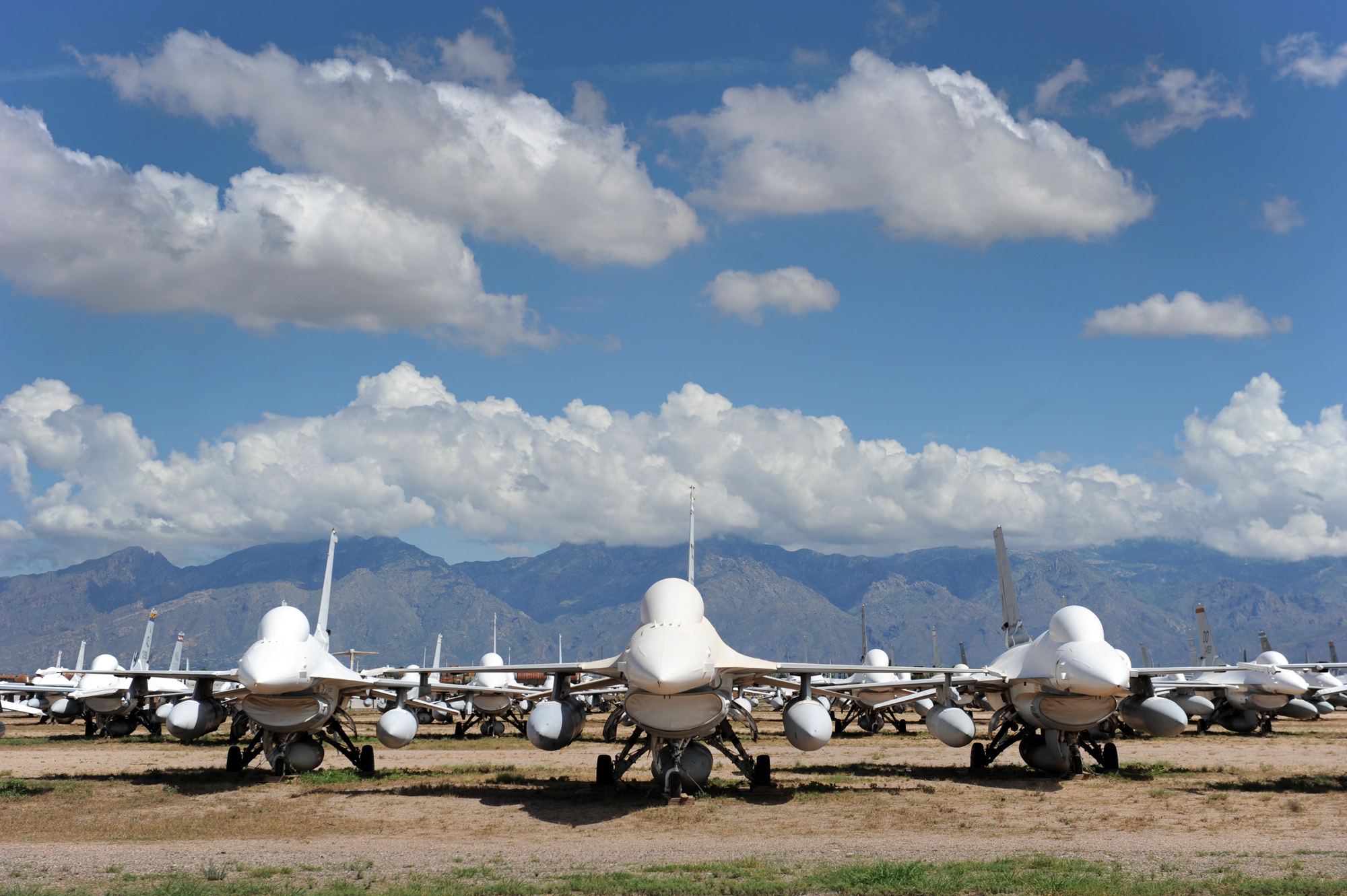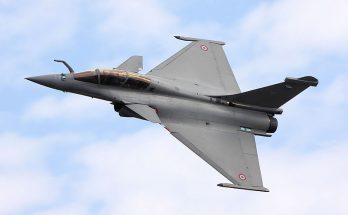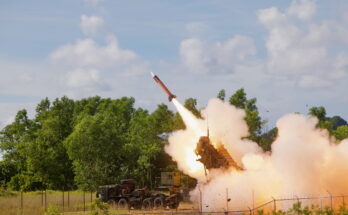
A snapshot of recent news from sources around the world on the ongoing Russia-Ukraine war.
Political Developments
Despite a 72-hour ceasefire declared by Russian President Vladimir Putin, both Russia and Ukraine reported attacks on their forces Thursday, and Ukrainian officials accused Russia of violating the truce hundreds of times. Meanwhile, Ukraine’s parliament unanimously approved a significant minerals agreement with the United States, signaling deepening ties between the two countries.
“The Russians are asking for a certain set of requirements, a certain set of concessions in order to end the conflict. We think they’re asking for too much,” U.S. Vice President JD Vance said this week at the Munich Leaders Meeting.
Even as the peace process continues to founder, Ukrainian President Volodymyr Zelensky said this week that he believes “a ceasefire is possible at any moment,” adding that any cessation of hostilities should last at least 30 days to give negotiators time to strike a deal. President Trump has called for a 30-day unconditional ceasefire. He also said the U.S. would impose sanctions if such a ceasefire was not respected.
The European Union is taking steps to put further pressure on the Russian economy. This week, POLITICO reported that the E.U. plans to roll out legislation soon that will end the import of gas from Russia by the end of 2027. The measure is likely to receive resistance from Hungary and Slovakia, in particular, which continue to import energy from Russia. The U.K., meanwhile, has announced new sanctions targeting Russia’s “shadow fleet” of oil tankers.
The measures, if implemented, will add further pressure to Russia’s energy sales. Weak energy prices are already weighing on Russia’s budget, which ran a deficit of 1.5 percent of GDP in the first four months of 2025.
On Friday, Ukraine’s SBU announced that it had uncovered what it described as a “Hungarian military intelligence network that was conducting espionage activities to the detriment of our state.” The SBU detained a pair of Hungarians as part of the investigation. Budapest, which rejects the charges, expelled two Ukrainian diplomats in response.
Military Assistance to Ukraine
Following a new U.S.-Ukraine minerals agreement, President Trump approved a $310 million sale of F-16 parts, maintenance, and training to Ukraine—his administration’s first weapons deal with the country. Trump emphasized economic interests over diplomacy, urging Russia and Ukraine to resolve the ceasefire themselves while downplaying a broader peace plan.
Completing the deal has unlocked U.S. military support for Ukraine, which had stalled amid the tense mineral negotiations. This week, Reuters published a report revealing that, in late January or early February, U.S. Defense Secretary Pete Hegseth ordered 11 TRANSCOM flights to halt pending deliveries to Ukraine. Sources told the media outlet that the decision had been taken without the White House’s knowledge.
The U.S. Air Force has confirmed that non-operational, disassembled F-16s are being sent from storage to Ukraine to provide spare parts for the country’s growing fleet of European-donated fighters used in combat against Russia. These retired jets, which are not flyable and lack essential components like engines and radar, are being transported to Poland to support maintenance efforts.
Israel’s inventory of Patriot air defense systems are to be refurbished and sent to Ukraine. Previously, the Israeli government had decided to retire its Patriot surface-to-air missile (SAM) systems. The former Biden administration secured this agreement. The Patriots are to arrive in Ukraine this summer.
Ukraine’s European partners, meanwhile, are in private talks about providing more Patriots to the Ukrainian military and hope to reach an agreement in this regard before next month’s NATO summit.
The E.U. has rolled out a new EUR1 billion ($1.1 billion) military assistance package for Ukraine, channeling the funds towards Ukraine’s defense industry to support production.
Lithuania plans to provide funding in the ‘Danish format’ for the Ukrainian defense industry to produce Magura USVs to supply both the Lithuanian Navy as well as Ukraine’s own military. Vilnius has already allocated EUR20 million for financing the Ukrainian defense industry. Ukraine has used the Magura and other USVs to target Russian warships in the Black Sea, and over recent months has reportedly shot-down helicopters and fighter jets with installed air-defense missiles.
The Czech government will expand its training assistance for Ukrainian pilots and continue providing artillery shells to the Ukrainian Armed Forces, Czech Prime Minister Petr Fiala said this week following a meeting with Ukrainian President Volodymyr Zelensky. Fiala provided details on Prague’s ongoing efforts to supply artillery rounds to Ukraine, noting that 1.5 million rounds were handed over in 2024, including 500,000 155mm shells. Already in 2025, the Czech Republic has sent around half a million shells and plans to ramp that figure up to around 1.8 million shells in total through the end of the year.
Canada impounded a Russian An-124 cargo plane soon after the start of the Ukraine-Russia war in 2022, and has now taken steps to transfer the plane to Ukraine.
Battlefield Updates
Ukraine said it shot down a Russian Su-30 fighter jet over the Black sea using a Magura unmanned surface vehicle (USV). The maritime drone was operating near the port of Novorossiysk. “This is the first time in the world that a combat aircraft has been destroyed by a marine drone,” the Ukrainian government said in a statement.
Another missile and drone attack has struck Ukraine. Russian forces fired 116 drones of different types and two Iskander-M/KN-23 ballistic missiles. The attack took place on the night of May 4-5. The Iskander missiles targeted Sumy Oblast.
Ukraine carried out its own drone barrage on Russia this week, launching over 500 drones in a 24-hour period, according to the Russian Ministry of Defense.
Ukrainian forces struck a power station in Kursk on Monday. Russia claimed several people were killed in various attacks in the region.
For 50 years, Forecast International intelligence reports have been the aerospace and defense industry standard for accurate research, analysis, and projections. Our experienced analysts compile, evaluate, and present accurate data for decision makers. FI's market research reports offer concise analysis of individual programs and identify market opportunities. Each report includes a program overview, detailed statistics, recent developments and a competitive analysis, culminating in production forecasts spanning 10 or 15 years. Let our market intelligence reports be a key part of reducing uncertainties and mastering your specific market and its growth potential. Find out more at www.forecastinternational.com


